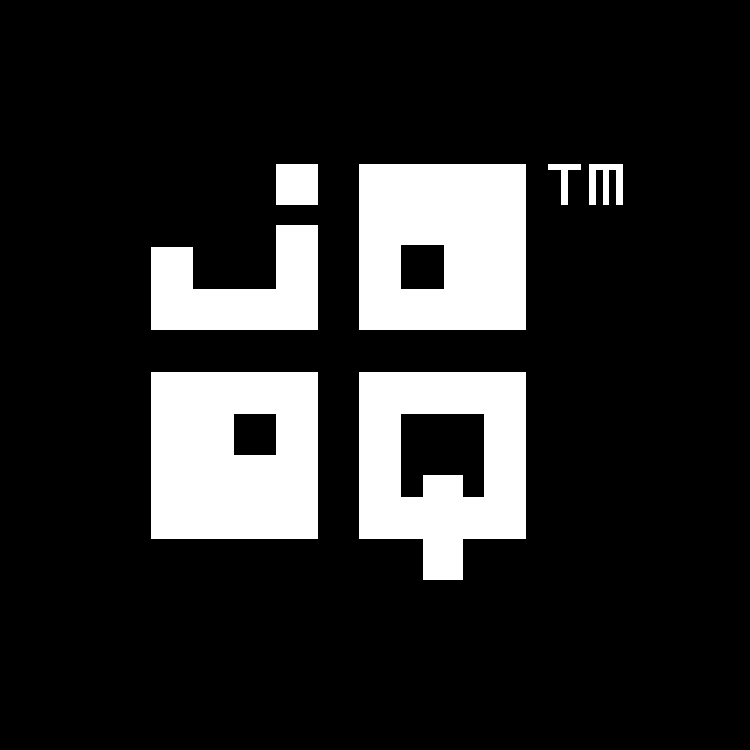Available in versions: Dev (3.21) | Latest (3.20) | 3.19 | 3.18 | 3.17 | 3.16 | 3.15 | 3.14 | 3.13 | 3.12 | 3.11
Aliased Tables
Applies to ✅ Open Source Edition ✅ Express Edition ✅ Professional Edition ✅ Enterprise Edition
The following sections illustrate how to alias tables, their columns, and how to reference columns from aliased tables.
Regardless of how the aliased table is defined, the same aliased table instance is rendered differently depending on where it is placed in the jOOQ expression tree. See the manual's section about rendering declarations vs references for more details.
Table of contents
- 3.9.2.1.
- Aliased generated tables
- 3.9.2.2.
- Aliased table expressions
- 3.9.2.3.
- Derived column lists
- 3.9.2.4.
- Unnamed derived tables
| previous : next |

Feedback
Do you have any feedback about this page? We'd love to hear it!